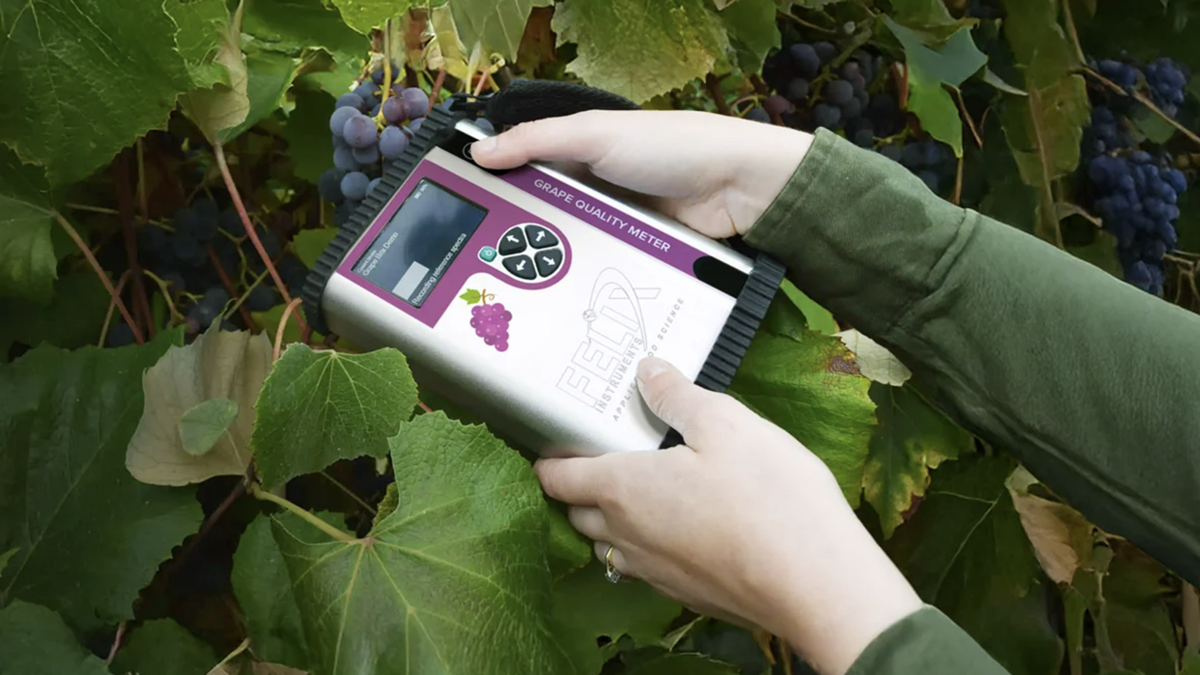Measurements
Kiwifruit: From Blossom to Stem
Kiwifruit is a relatively new commodity on the world stage, only growing popular within the last seventy years. These days, however, the fruit?s popularity and importance in international trade are well established, leading to increasing cultivation in reigons around the world. The use of kiwifruit is set to rise due to its nutritional and nutraceutical benefits. This profitable crop?s cultivation and post-harvest management are supported by intense research efforts and new technologies. Kiwifruit Varieties and History The kiwifruit belongs to the family Actinidiaceae. There are fifty species of the genus Actinidia, and many are sold commercially. The most important species are A. deliciosa and A. chinensis. The kiwifruit, or kiwi, is a large smooth or fuzzy brown berry that grows on woody vines. Different species and newer
15 June, 2021
Kiwifruit is a relatively new commodity on the world stage, only growing popular within the last seventy years. These days, however, the fruits popularity and importance in international trade are well established, leading to increasing cultivation in reigons around the world. The use of kiwifruit is set to rise due to its nutritional and nutraceutical benefits. This profitable crops cultivation and post-harvest management are supported by intense research efforts and new technologies.Kiwifruit Varieties and HistoryThe kiwifruit belongs to the family Actinidiaceae. There are fifty species of the genus Actinidia, and many are sold commercially. The most important species are A. deliciosa and A. chinensis. The kiwifruit, or kiwi, is a large smooth or fuzzy brown berry that grows on woody vines. Different species and newer varieties have fruit flesh of various colors, including green, yellow, orange, or red pulp, all with distinctive flavors. A. deliciosa has green fruit flesh A. melanandra produces red kiwifruit A. purpurea produces purple kiwifruit A. chinensis variety, Hort16A, has sweet yellow pulp and is sold under the brand name Gold The kiwifruit got its name from the kiwi birds of New Zealand. However, the fruit originates from South-East China. Mentions of the fruit in Chinese literature date back to the 1st millennium BCE. The Chinese called the fruit mihoutao (míhóutáo), which means macaque fruit after the macaque monkeys that often ate them. Kiwifruit cultivation in China began in the 8th century BCE. Although the fruit was introduced in the USA, France, and the UK in the eighteenth and nineteenth centuries, its cultivation there was unsuccessful. In 1904 a teacher named Isabel Fraser brought seeds of the A. deliciosa to New Zealand from China. A farmer named Alexander Allison grew them and went on to harvest the first fruits in 1910. It continued to be grown under the name Chinese gooseberry in New Zealand. In 1928, horticulturist Hayward Wright developed an oval-shaped, tasty kiwifruit known for its long shelf life. Though he sold this under various names, this kiwifruit variety was named Hayward to honor Wright in 1947.The Hayward is now the most popular kiwifruit variety, associated with its green flesh. It accounts for 60% of global kiwifruit production and 90% of the kiwifruit international trade. In 1952, a batch of the fruits was sold in the UK. Then, in 1959, a batch was sold to the USA under the name kiwifruits after New Zealands national bird. Read HERE THE COMPLET POST, including the following topics: Kiwifruit CultivationKiwifruit Maturity and Harvesting Why Dry Matter?Post-harvest Treatment Ethylene-sensitivity Ripeness MetricsQuality Meter AssessmentKiwifruit and HealthKiwifruit Production Statistics SourcesVijayalaxmi Kinhal, Science Writer, CID Bio-Science / Felix Instruments, Ph.D. Ecology and Environmental Science, B.Sc AgricultureFeature image courtesy of Dennis Blzz



.jpg)







